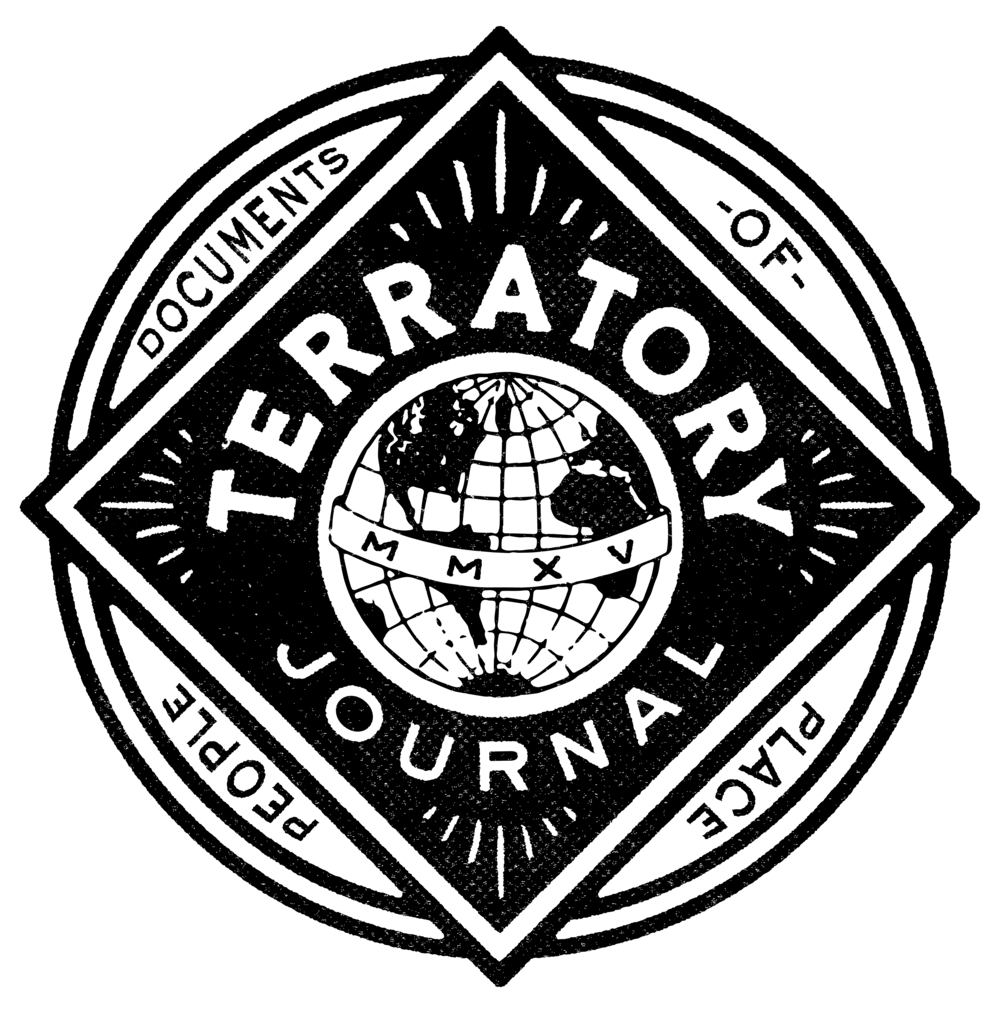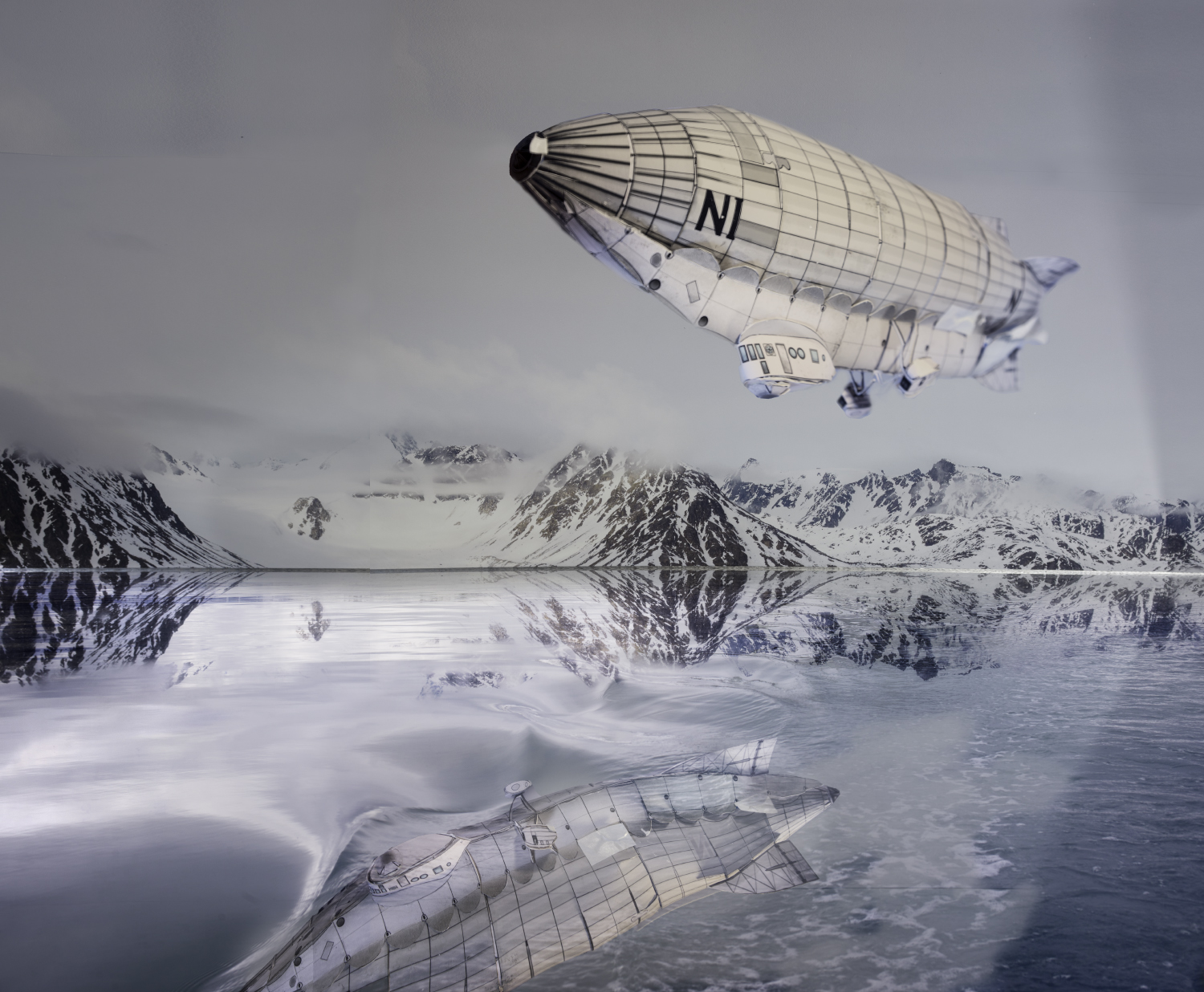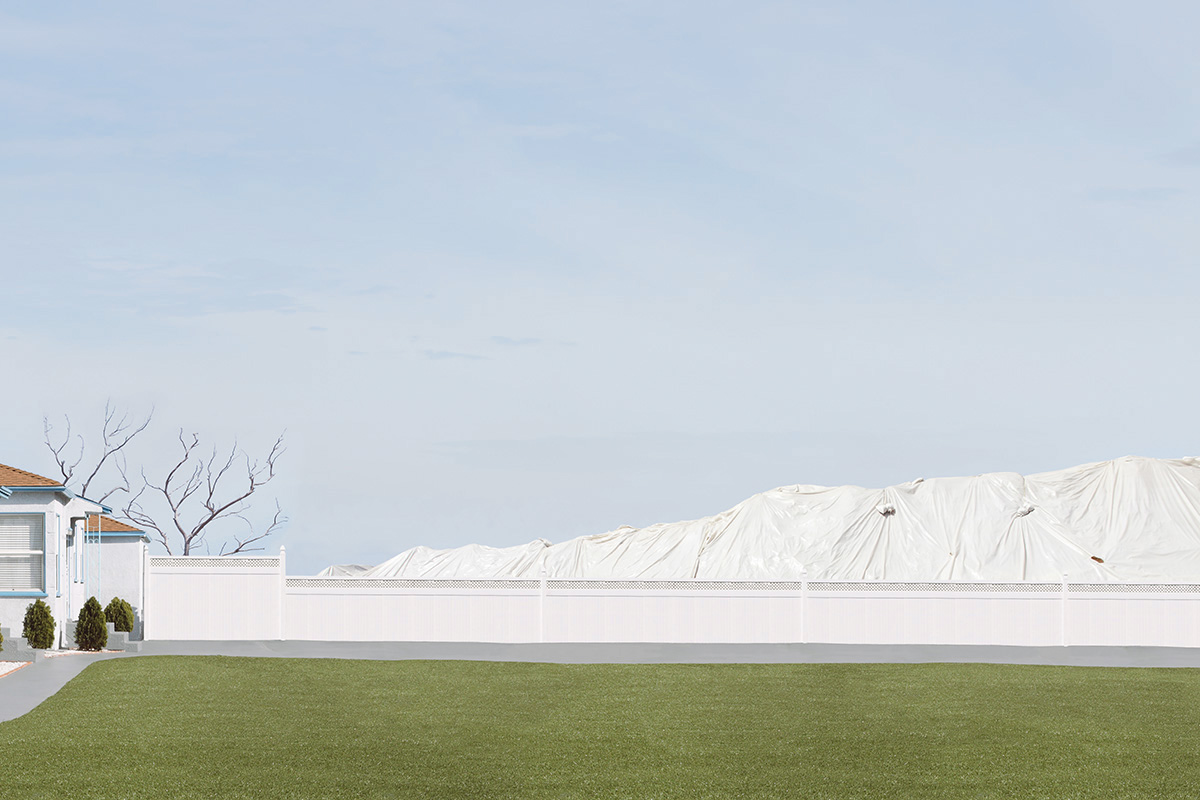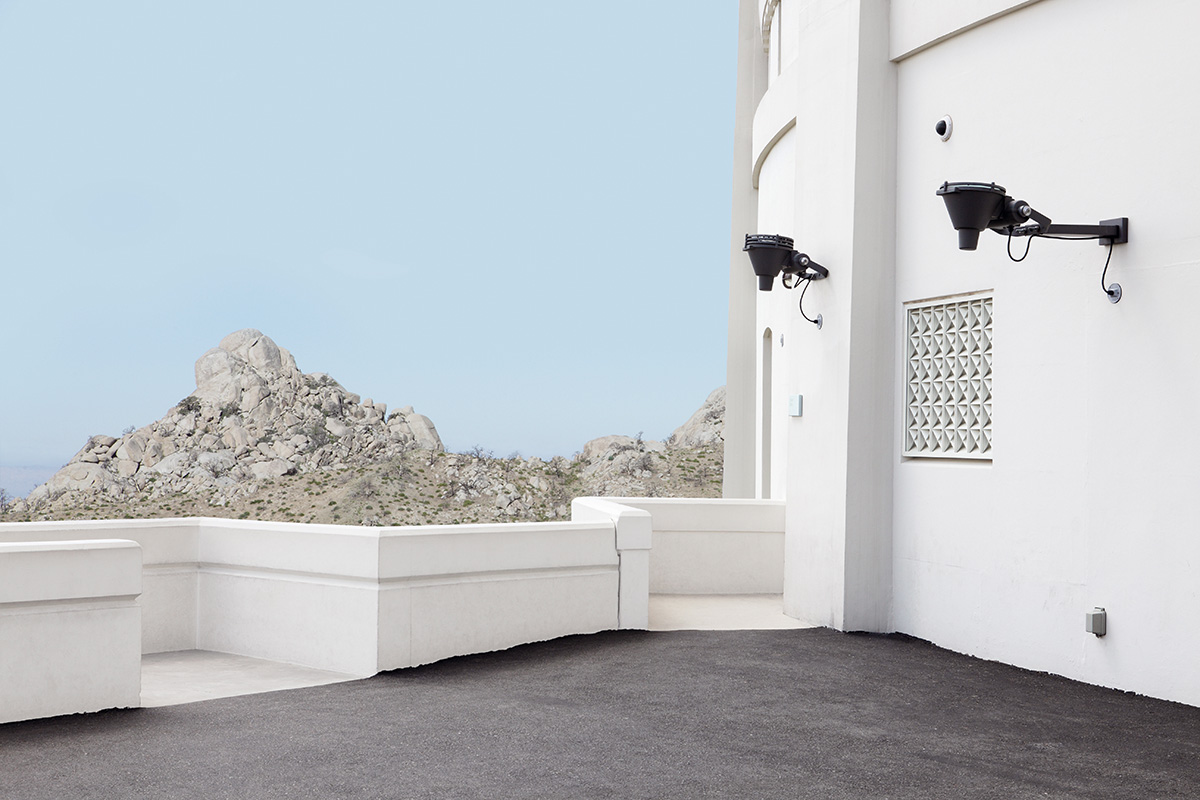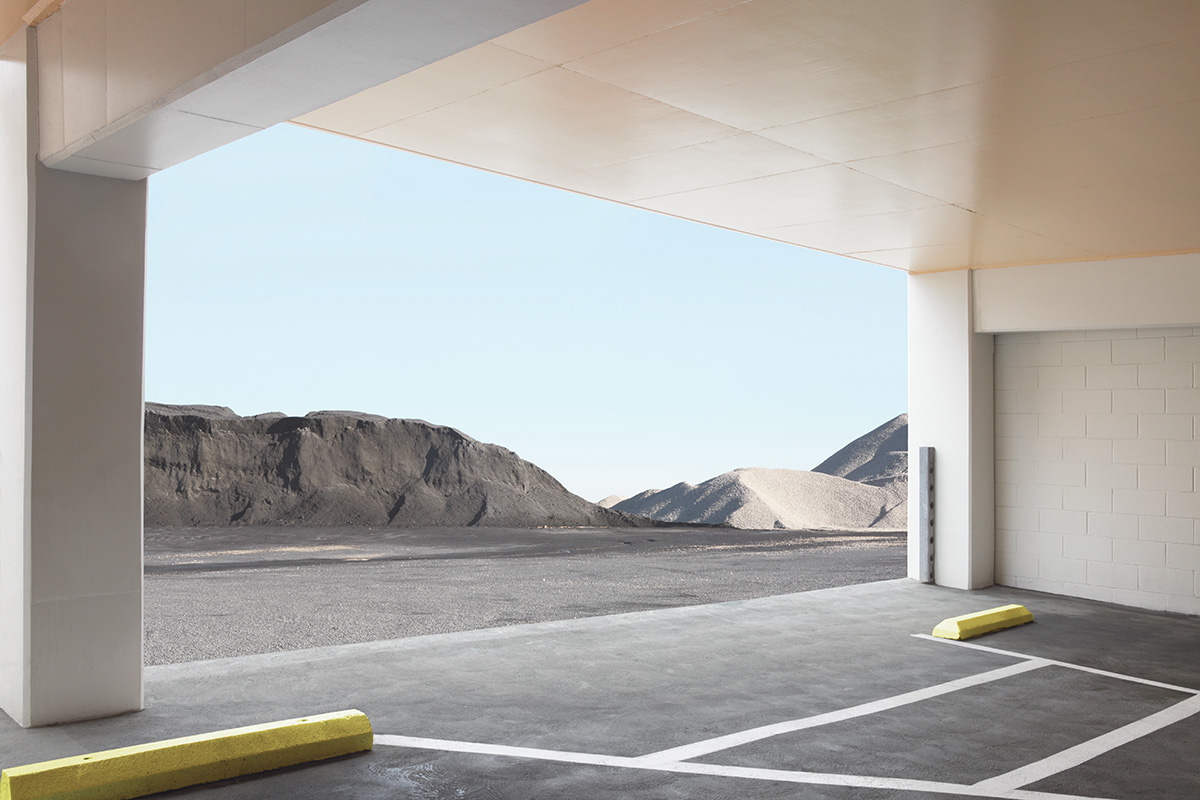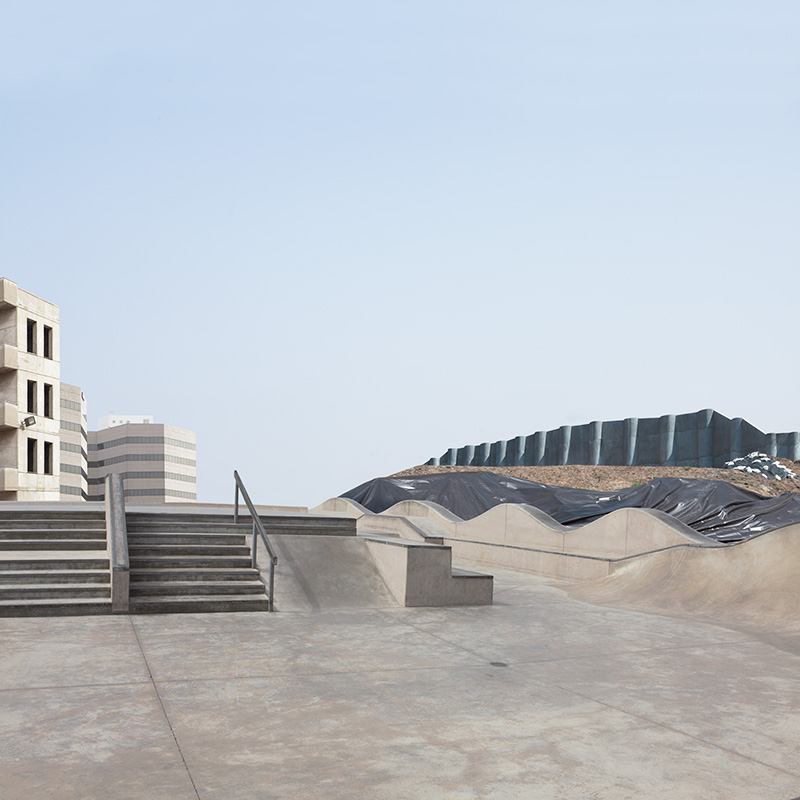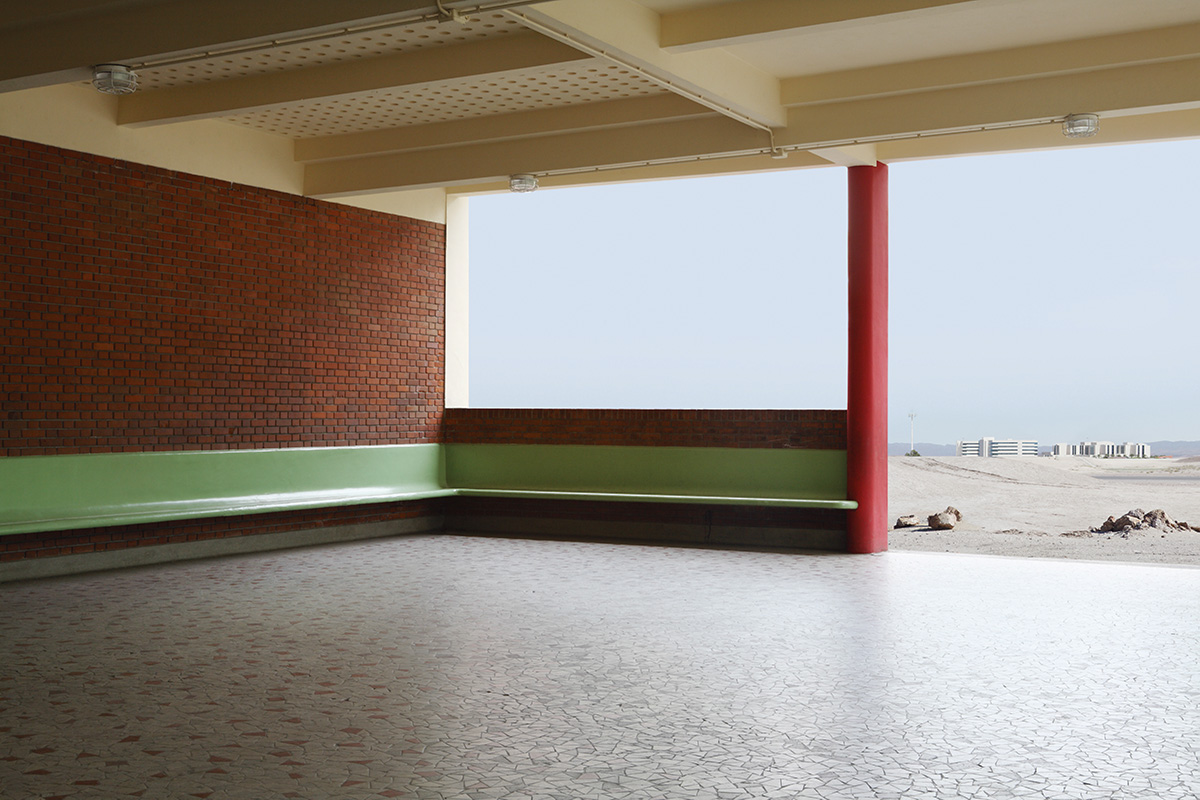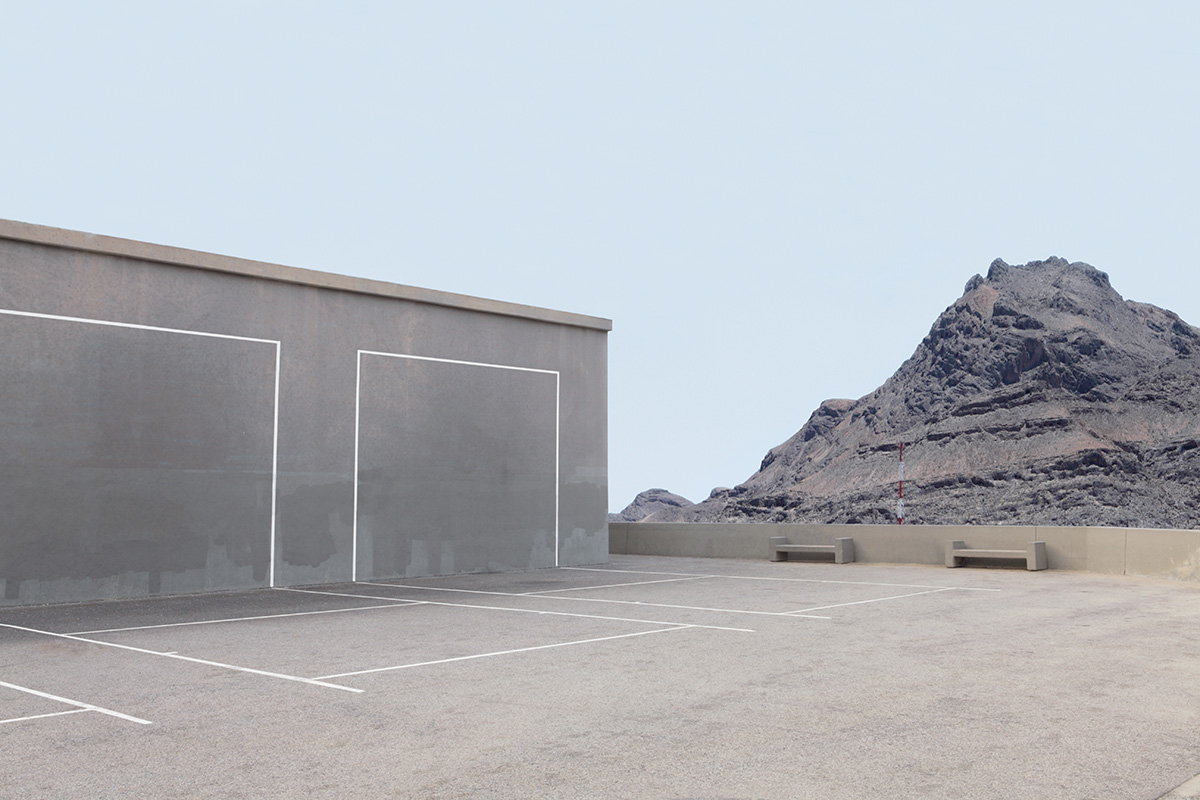Images by: Lauren Marsolier
Written by: Ryan Nemeth
French-born Lauren Marsolier lives and works in Los Angeles. She is the recipient of many awards and her images have been published internationally in such magazines as the British Journal of Photography where she was featured as one of ‘20 photographers to watch in 2013’. Her work was included in the ’31 Women in Art Photography’ 2012 selection by the Humble Art Foundation in NYC, 'Looking at the Land' at the RISD Museum of Art and also in the major 2013 London Exhibition 'Landmark: The Fields of Photography', curated by William Ewing at the Somerset House. Her work is also part of many major collections including the Los Angeles County Museum of Art, the Center for Creative Photography and the Phoenix Art Museum.
Recent exhibitions include solo shows at the Houston Center for Photography, Robert Koch Gallery (San Francisco) and Galerie Richard (NY and Paris). Her first monograph 'Transition' has recently been published by Kerber Verlag. Last November, she was part of a panel discussion about contemporary landscape photography at TATE Modern in London, with fellow artists: Thomas Struth, Penelope Umbrico, Massimo Vitali and Mishka Henner. Lauren’s has a very unique process for producing images as her photographs are composited and fictitious reconstructions of landscape. She kindly accepted my interview request to talk about her work and here is what she had to say:
Ryan: Tell me about your background in photography, how did your current image making technique evolve?
Lauren: I started to develop an interest in photography when I was a teenager, but I really became fascinated by this medium in my early 20s when I learned how to process and print negatives. Printing added a whole new dimension, which became as important to me as taking photographs. I would spend hours in the darkroom reinterpreting my pictures and trying alterations that would make my work more personal. As the advent of editing software extended the field of image making, I naturally felt drawn to exploring the new possibilities they offered. This is how I cultivated my current process, which substantially relies on digital compositing.
Ryan: You have a really unique way of approaching image-making as your photographs are composited photos that are constructed from many sections of various photos taken over a span of time. Why compose and construct images in this manner?
It is like choosing to make a drawing or a painting without reproducing what is in front of your eyes; it is more free. A painter can start with a line and let his subject develop gradually according to their imagination. They can be more focused on something they sense rather than something they see; I work in a similar way.
Ryan: I am wondering about the conceptualization of your imagery. Do you previsualize your images before they are produced or does the idea for the image unfold in a more spontaneous way?
Lauren: The idea usually unfolds in a spontaneous way, however, sometimes pre-visualizing helps get me going. So far, my pictures have never ended up looking like something I anticipated. I think that’s because the most important thing in my images is not so much the visual elements themselves, but what emanates from their slightly off combination. What works best for me is to start with a section of a photograph that inspires me; then I try various alterations and juxtapositions and I am able to gradually shape the visual atmosphere I seek to render.
Ryan: What causes you to stop and make a picture to include in your image reference library? Do you simply photograph anything that catches your eye, or do you scan the environment for objects and elements that fill a particular need for a work in progress?
Lauren: When I first started out, I did not know where I was heading. I would take pictures of anything that would catch my eye. But over time, as my series developed, I have become more selective. I know what types of elements I might use and I just shoot what might work. For example, I know I work with generic elements, so I usually leave out whatever has too much of a distinctive style. I also leave out whatever is not lit in a way that I can use. If an element really interests me and the lighting is not right, I go back at another time and take more pictures until I get the right lighting. I have a very intuitive approach. If I need mountains, I’ll go to a place where I can find some, but I usually don’t look for something very specific. I shoot what feels right for my project, knowing also that I can make all kinds of alterations in post-production.
Ryan: Take me through the process of constructing an image. From start to finish, how much time does a single image take to produce? Do you use Photoshop, CGI (animation technique), manual methods of compositing or a combination of these elements to produce your images?
Lauren: I start by going through my archive of photographs and see what draws me in. When I see a part of a picture that inspires me, I make all kinds of changes to the image to get a better sense of what it is that interests me. Then, I imagine a different context in order to enhance what I am starting to sense. I often juxtapose sections of other pictures to see whether they add to the atmosphere that is starting to take shape. Thus, I do a lot of trial and error until everything feels right. To answer your question, I just work with Photoshop. Some pictures take weeks, others take months, but I work on a few different images at the same time. It usually takes many attempts to find the right pieces to the puzzle and I often have to let a composition rest. I find that when I am stuck, going back to the image with a fresh gaze can help produce a way forward.
Ryan: One of the central themes you explore in your work is the concept of transition. You describe these transitional events as experiences that shift our perspective in reality. I like to think of this idea as something akin to Déjà vu, which is explained by a strong sensation that a current event or experience has been experienced in the past. Paradoxically, these experiences can create a sense of familiarity while simultaneously creating confusion and dislocation about what is real and what is artifice. Why choose to explore this concept through landscapes?
Lauren: My images are about our contemporary world, but not so much about how it looks as how it feels. We are subjected to a lot of change at a very fast pace; this results in a common and collective experience and results in feelings of not being at home, adjusted, or grounded in our environment. Thus, many of us feel an urge to constantly adapt to new environments, to new technologies and to new social interactions… I believe that these compounding and perpetual changes have disturbing effects on our minds; especially as the pace of change accelerates. This constant and unyielding change ultimately throws us into a state of perpetual transition. Changes, good or bad, require time to process and the lack of reflective distance in contemporary society ultimately creates a lot of anxiety and confusion.
The mind and the environment are tightly connected; there is reciprocity as each affects the other. Thus, man-made environments say a lot about our culture and the way we think. I choose to explore my subject through landscapes because there is a natural link between our inner and outer worlds.
Ryan: In your images you often depict houses, cars, parking structures, parking lots, roadways, landscaped places, etc. These are all essential elements of modern infrastructure and also a part of our larger built environment. The subject matter you choose to include in your images could easily be simple depictions of romantic scenery, instead you choose to include elements of urban environments, suburban neighborhoods, parking lots, roadways, etc. The question is why do you choose to include these objects and subjects in your pictures?
Lauren: I choose these elements because the mental experience that informs my images has to do with post-modernity. My pictures show a type of built environment that can now be found on all continents and accurately reflect our time of globalization. Thus, these buildings and objects are familiar to all of us without referring to a specific location.
Ryan: Being that you deconstruct and reconstruct images in a really unique way, you must contemplate or consider key elements of a landscape that seemingly make pictures interesting? What subjects and content do you choose to include or omit in your images and how do you work to achieve both compositional balance and impact in your final image output?
Lauren: I work with very generic modern elements and focus on the atmosphere of the image. What interests me is to create a tension that leads to questions about the image; thereby arousing conflicted feelings. This is what the process of psychological transition feels like; we go back and forth between different perceptions and realities as we are not quite sure where we stand. The tension I build mostly resides in the elements I juxtapose. I aim to create an image where the viewer feels something is off and starts questioning what they are seeing and whether the landscape is as attractive as it might first appear. In order to find the right composition, I try tons of possibilities and follow my intuition!
Ryan: I am curious to know what photographers inspire you, briefly tell me what you see in their work that is motivational?
Lauren: They are many, the first ones to come to mind are Lewis Baltz, Luigi Ghirri, Geert Goiris and Thomas Demand … I like how their presentation -or construction- of the banal makes you reconsider what you are seeing. I have to say though that I am equally as inspired by painters, possibly even more than photographers!
Ryan: Should the art world take subjective/non-representational photographs seriously? Do you think there is a place for the manipulated image and why?
Lauren: I think art comes in many forms and its category is not an indication of whether or not it is ‘serious’. “Photoshop” and “Digital” were bad words for a long time, but I think photography curators are past this stigma now. A couple of years ago, the Metropolitan Museum of Art (MOMA) did two great retrospectives on the manipulated image. “Faking It”, was the first part of the show and it was an exploration of Pre-Photoshop manipulated photography. The second half of the show was dedicated to a world Post-Photoshop.
It was evidenced through hundreds of pictures from the 19th and 20th century that the manipulated image is nothing new. The urge to modify photographic images is as old as the medium itself; only the tools have changed. Not taking this type of image-making seriously would be like rejecting paintings that are not straight representations of the world.
Buy Lauren’s New Book here: TRANSITION
Lauren’s site: http://www.laurenmarsolier.com
